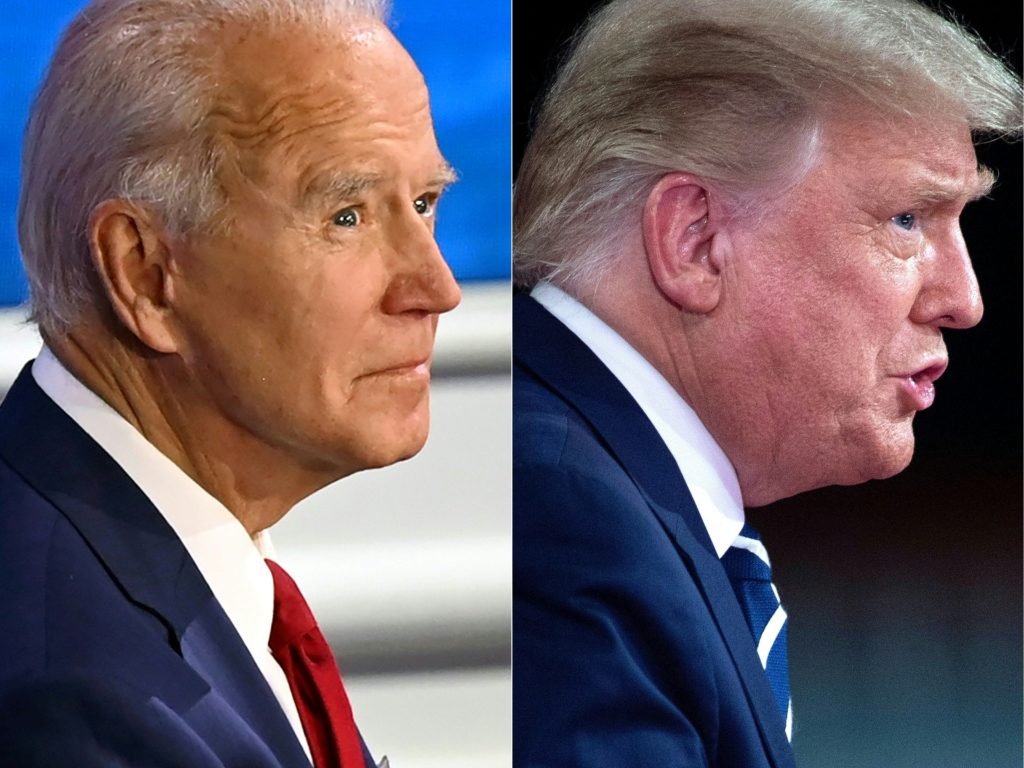Biden ducked the question of his plans for the Supreme Court, while Trump declined to disavow the QAnon conspiracy theory.
Key points:
1. Trump-Biden stage town hall debates.
2. Trump-Biden duck key questions.
3. Trump accepts a peaceful transfer of power.
4. Biden labeled boring in his address.
Donald Trump and Joe Biden duck important questions:
The US President Donald Trump and Joe Biden, his Democratic challenger have batted away key questions all through dueling meet-the-voter TV activities. Mr Trump, a Republican, declined to disavow a weird on-line conspiracy “QAnon”, at the same time as Mr Biden, a Democrat, might now no longer reveal plans for the Supreme Court. Both applicants have been at the shielding at instances on their records, Mr Trump for more than a few problems and Mr Biden on race. Opinion polls suggest Mr Biden has a stable lead over Mr Trump.
18 million people have already cast their vote:
However, polling continues to be very near in numerous key states that may determine the election. More than 18 million humans have already voted in individual or through submitting for the three November vote. Thursday night’s city halls, as TV voter question-and-solution activities are recognized withinside the US, changed a canceled 2nd presidential debate. Mr Trump had refused to enroll in that showdown virtually, following the latest Covid-19 analysis from which he now seems completely recovered.

Trump vows peaceful transfer of power:
For the primary time, the president stated he might receive a nonviolent switch of power if he misplaced the subsequent month’s election, while he expressed fears for the integrity of the vote. Mr Trump deflected different questions on healthcare and tax returns and whether or not he took a coronavirus check on the day of his closing debate with Mr Biden.
Biden dodges Supreme Court appointment question:
Joe Biden demurred whilst requested all through the ABC TV network’s city corridor in Philadelphia whether or not he supported court-packing, which might entail including seats to the United States Supreme Court and appointing justices to steer the ideological stability of its rulings.

